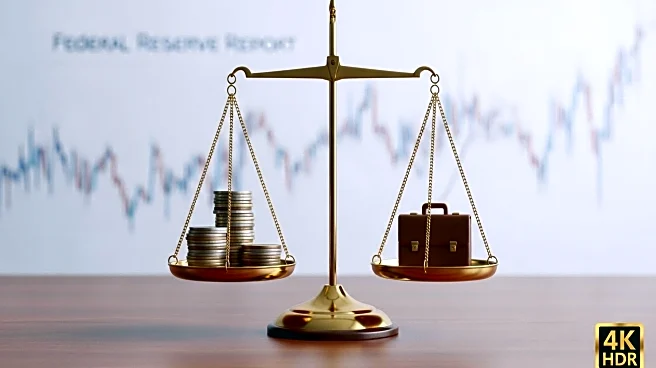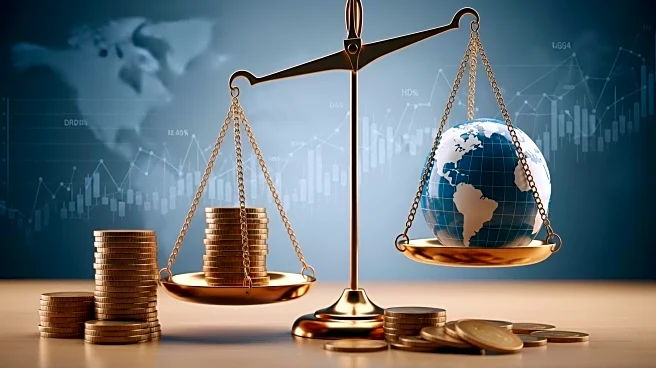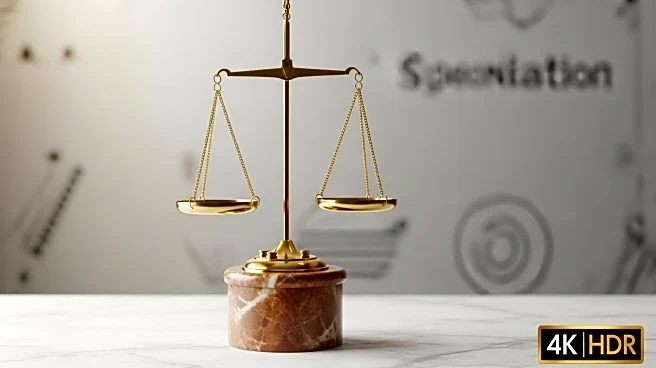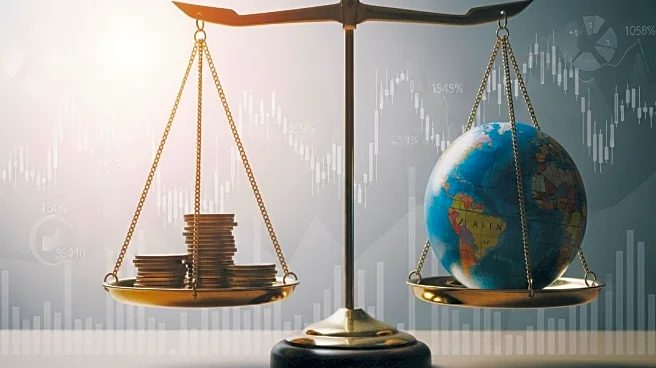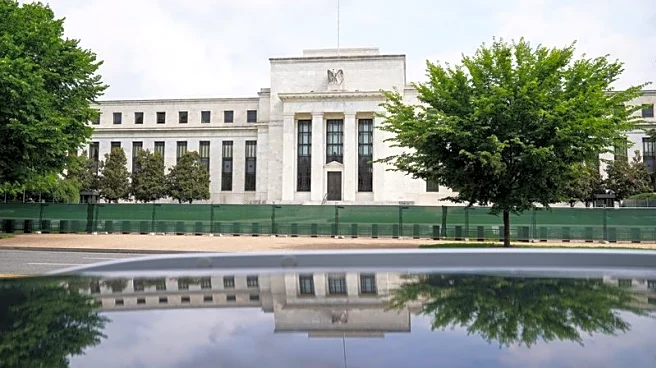What's Happening?
The Powerball lottery jackpot has reached an unprecedented $1.7 billion, largely due to high interest rates set by the Federal Reserve. The jackpot, which is the third largest in U.S. history, is influenced by the annuity payments that winners can opt to receive over 29 years. These payments are significantly larger due to the current high interest rates. Historically, winners prefer the lump sum option, which is currently valued at $770 million. The annuity prize is 121% greater than the lump sum, a stark contrast to the 20% difference seen in 2020 when interest rates were lower. This increase in annuity value is attributed to the Federal Reserve's interest rate hikes since early 2022.
Why It's Important?
The impact of interest rates on lottery prizes highlights broader economic implications. High interest rates benefit savers and those opting for annuity payments, while potentially increasing ticket sales due to the allure of larger advertised jackpots. This situation underscores the influence of monetary policy on various sectors, including consumer spending and investment decisions. The choice between lump sum and annuity reflects broader financial strategies, with implications for tax liabilities and investment returns. The Federal Reserve's policies, while primarily focused on economic stability, inadvertently affect consumer behavior and financial planning.
What's Next?
As interest rates continue to influence lottery prize structures, future winners may reconsider the annuity option, especially if rates remain high. This could lead to changes in how lotteries market their prizes and how winners plan their financial futures. Additionally, ongoing interest rate adjustments by the Federal Reserve will continue to impact various economic sectors, including consumer spending and investment strategies.


